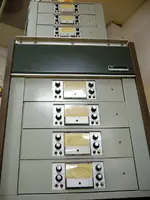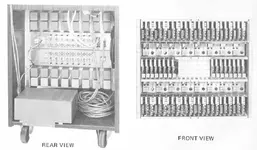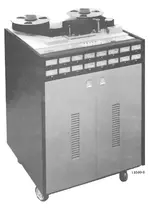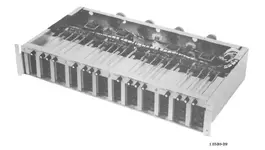O
ofajen
Daddy-O Daddy-O Baby
OK, here we have a separate thread to discuss the early 16-track and 24-track machines, so that Cory's MM-1000 project thread can keep its focus.
My contribution will be modest, but I will start about by noting that I've corresponded with Dale Manquen about how he surreptitiously created the first 3M M-56 16-track machine under the boss's nose (Jack Mullin) because Wally Heider, a long time customer, wanted such a machine. The prototype work was done in the spring of 1968 and then shown publicly that summer, IIRC. That does not make it the first 16-track machine. However, it may have been the first, commercially-available 16 track machine with the cards all in a single housing and controlled entirely by a single, centralized remote. I will be only too happy to be corrected in that regard if there is an earlier example.
Thought that might be of interest, but of course discussion of the early Ampex multi-tracks is welcome here, too.
Cheers,
Otto
My contribution will be modest, but I will start about by noting that I've corresponded with Dale Manquen about how he surreptitiously created the first 3M M-56 16-track machine under the boss's nose (Jack Mullin) because Wally Heider, a long time customer, wanted such a machine. The prototype work was done in the spring of 1968 and then shown publicly that summer, IIRC. That does not make it the first 16-track machine. However, it may have been the first, commercially-available 16 track machine with the cards all in a single housing and controlled entirely by a single, centralized remote. I will be only too happy to be corrected in that regard if there is an earlier example.
Thought that might be of interest, but of course discussion of the early Ampex multi-tracks is welcome here, too.
Cheers,
Otto









